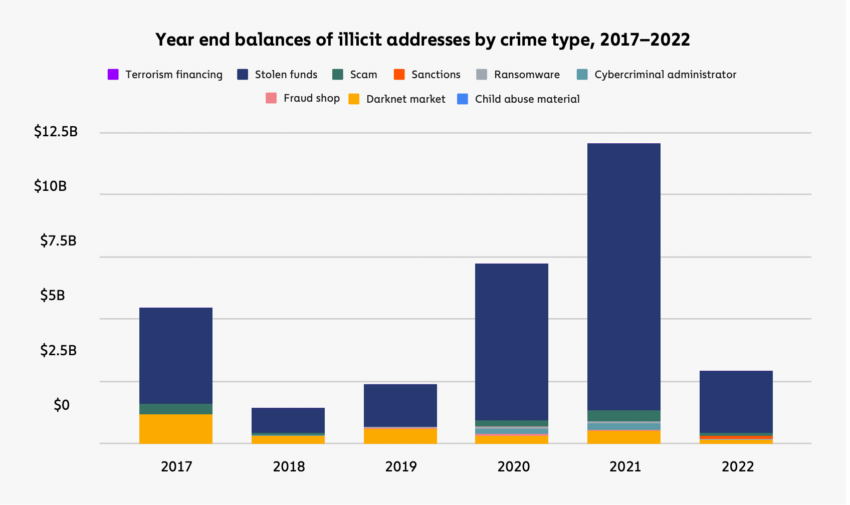A survey has revealed that 70% of compliance officers feel that crypto money laundering is becoming a major threat, and they feel only partially equipped to deal with it.
First AML, the anti-money laundering startup, conducted a survey of 250 U.K. business leaders working in compliance. In the survey, 41% of companies claimed to have witnessed money laundering through cryptocurrencies.
Bion Behdin, the Chief Revenue Officer at First AML, said:
The emergence of cryptocurrency-related money laundering presents significant challenges for businesses attempting to combat financial crime. It is clear that current practices only partially address this threat, and that keeping pace with evolving money laundering techniques presents a significant challenge. Businesses need to find effective ways of staying up to date with regulatory guidance, as well as continue to develop new processes to stay compliant.
Is Crypto Really Used for Money Laundering?
The public ledger characteristic of the blockchain makes it difficult for money launderers to hide the trail of the money. Due to growing awareness in social media and the rise of on-chain sleuths, the wallets of criminals are instantly in the limelight of the public. Also, law enforcement agencies are tracking the activity of wallets.
Ultimately, law enforcement agencies have seized funds from money launderers due to blockchain technology’s transparency. Last year, authorities seized $25 million in Bitcoin from the Russian darknet marketplace Hydra, which was known to facilitate money laundering.
Then last month, Europol seized nearly $50 million worth of Bitcoin from a money laundering racket.
Due to the large seizures by law enforcement agencies, the year-end balances of the illicit addresses also decreased in 2022, according to a Chainalysis report. The screenshot below shows that the criminal’s wallet balances were down to $2.9 billion in 2022 from around $12 billion in 2021.

Got something to say about First AML, crypto money laundering, or anything else? Write to us or join the discussion on our Telegram channel. You can also catch us on TikTok, Facebook, or Twitter.
For BeInCrypto’s latest Bitcoin (BTC) analysis, click here.
Disclaimer
In adherence to the Trust Project guidelines, BeInCrypto is committed to unbiased, transparent reporting. This news article aims to provide accurate, timely information. However, readers are advised to verify facts independently and consult with a professional before making any decisions based on this content. Please note that our Terms and Conditions, Privacy Policy, and Disclaimers have been updated.


